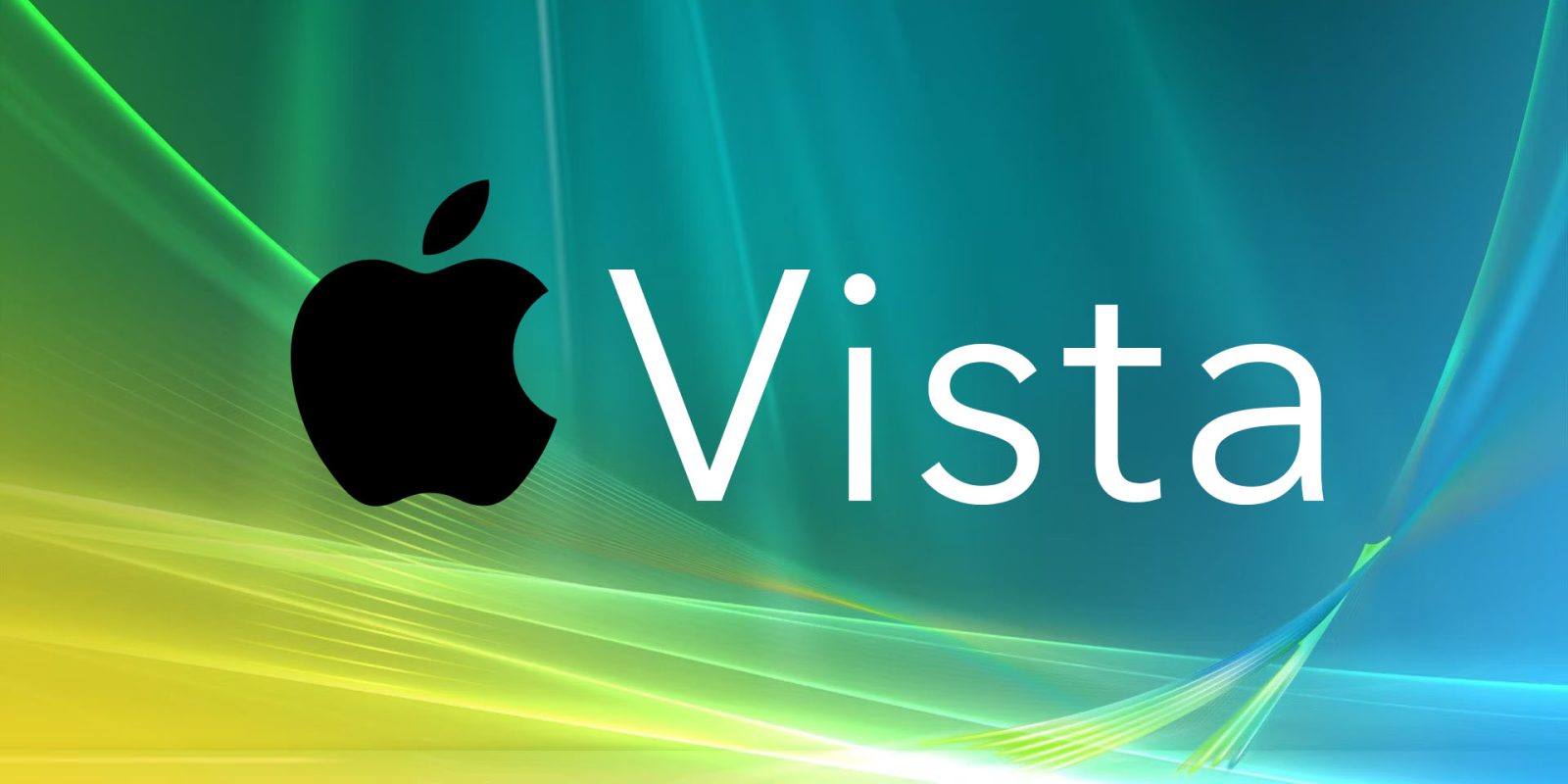
A new regime of repeating macOS Sequoia permission prompts have been described as “a subscription you didn’t buy and can’t cancel.”
An Apple ad once made fun of the endless stream of permission requests in Windows Vista, but some are suggesting that Sequoia is now every bit as bad …
The Windows Vista problem
Windows Vista launched in 2007, and Microsoft used the new release to try to solve one of its biggest security headaches.
Windows can be run in either user or administrator mode, with the idea that user mode would be the norm, so that people were protected against security issues. However, user mode in earlier generations had so few permissions that many apps required people to use admin mode, which then defeated the purpose.
In an attempt to solve this, Vista user mode would prompt people when an app needed additional permissions. The problem, however, is that users were bombarded by endless requests. An Apple ad poked fun at this.
Sequoia removes control-click option
But Apple now seems to be headed down a similar path. The company has made it increasingly awkward over the years to run apps which weren’t purchased in the Mac App Store, and Sequoia has taken this to the next level.
Previously, it was possible to control-click to grant permission for a non-notarized Mac app to run, but Sequoia removes this option, and Apple has confirmed this is intentional.
In macOS Sequoia, users will no longer be able to Control-click to override Gatekeeper when opening software that isn’t signed correctly or notarized. They’ll need to visit System Settings > Privacy & Security to review security information for software before allowing it to run.
Many feel it’s an unnecessary step, given that tech-savvy users who know what they are doing are the only ones who knew about the control-click option in the first place.
Sequoia also introduces weekly permission prompts
In the most Vista-like move of all, we learned this week that Sequoia forces us to confirm screen recording permissions on a weekly basis – as well as after every restart.
Users can then choose to “Continue To Allow” that app to have screen recording access, or they can click “Open System Settings” and immediately be taken to the preferences pane for screen recording permissions. This prompt is designed to appear on a weekly basis. The prompt will also appear each time (for each app) when you use that app for the first time after rebooting your Mac.
‘A subscription you didn’t buy and can’t cancel’
Jason Snell says he understands what Apple is trying to achieve, and there may be legitimate use cases for more frequent checks, but the company has now gone too far.
For the past decade, Apple has been trying to tighten the screws on the Mac in order to bring it closer to the level of security offered on iOS. And on iOS, it’s also restricted software features, including a (supremely annoying) feature that repeatedly asks you if you want to continue allowing apps to track your location […]
What Apple’s testing in the latest macOS Sequoia betas is brutal because there’s no end to it. It’s a subscription you didn’t buy and can’t cancel. Yesterday, I was prompted to give temporary permission by an app that I’ve used since the early 1990s to read my screen […]
Asking for permission a second time is not unreasonable for the reasons I mentioned above. But at some point the user must be in charge.
9to5Mac’s Take
Snell acknowledges situations like a potential domestic abuse scenario, where an abusive partner might install screen recording software on the victim’s Mac without their knowledge.
But the proper response to this is to offer a heightened privacy mode which the user can toggle on, not to make Macs less usable and more annoying for everyone.
Let’s hope the beta feedback persuades Apple to rethink this one.
Image: 9to5Mac collage of images from Apple and Microsoft
FTC: We use income earning auto affiliate links. More.
